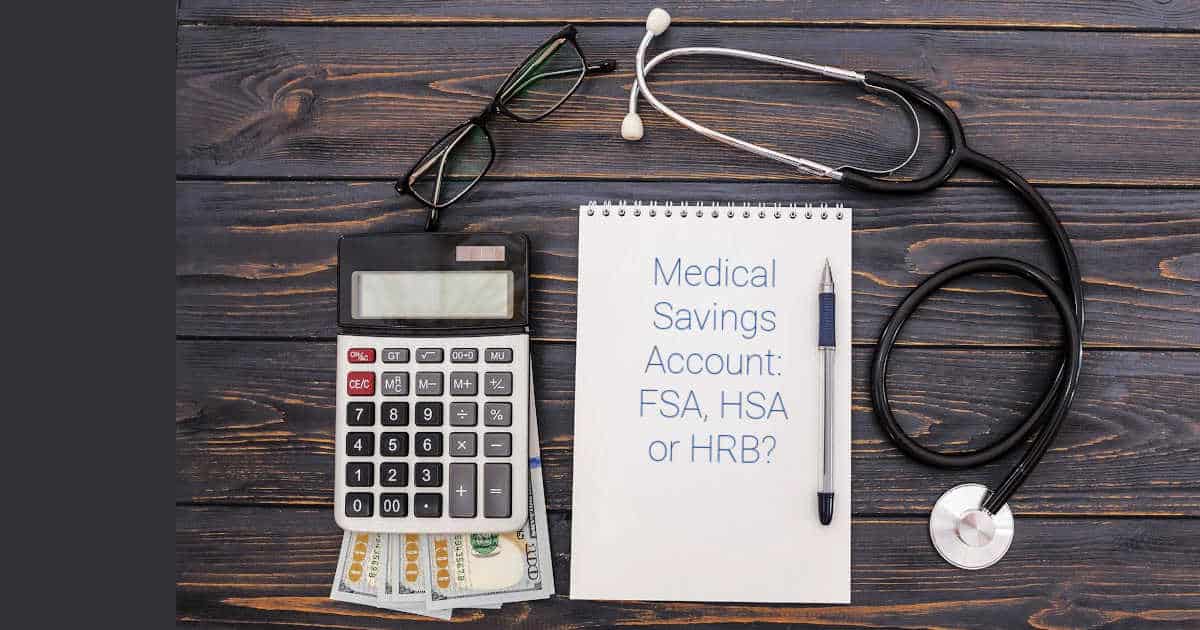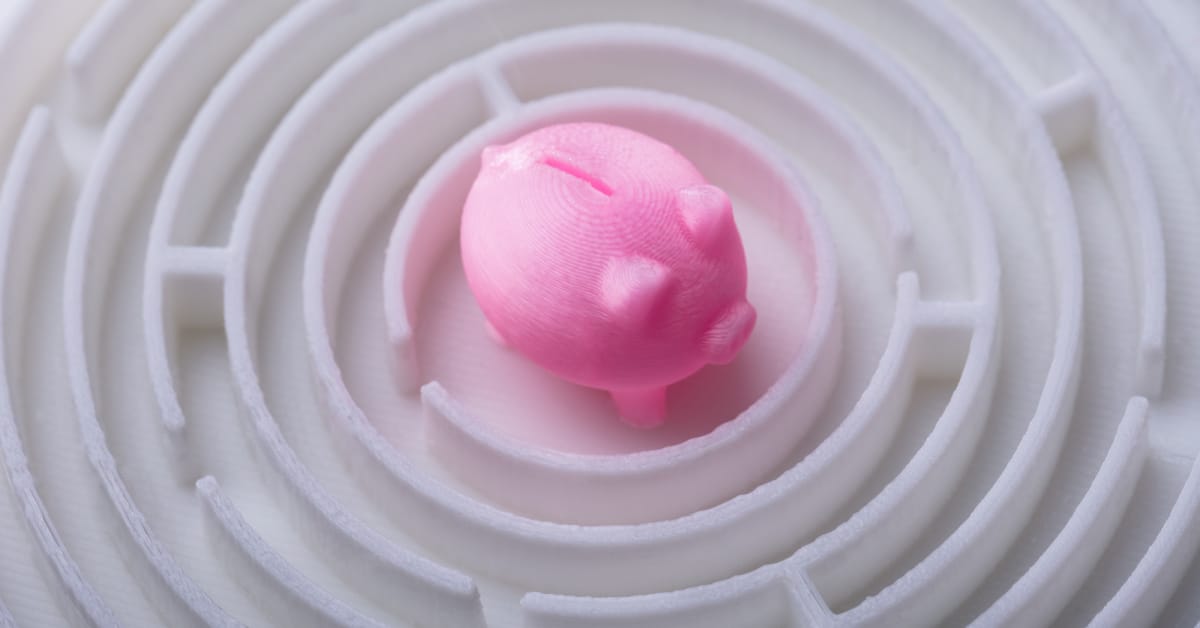(This page may contain affiliate links and we may earn fees from qualifying purchases at no additional cost to you. See our Disclosure for more info.)
I couldn’t help but look. On the release of the November 2022 US inflation report, the word “inflation” yielded 845 million Google search results.
After peaking at 9.1% in June 2022, inflation is still having a moment.
So it’s not surprising that you may feel hard done by.
You’ve done all the right things – wrangled your debt situation under control, and started to invest consistently in your future – and your reward is a gaping hole in your monthly budget due to a broad increase in prices.
Now what?
Is Inflation Personal?
For many of us, our overall purchasing behavior has already been affected by the current high inflation period.
Data for November 2022 retail sales revealed that discretionary goods, such as clothing, electronics, and sporting goods, fell as consumers diverted more of their budget away from these spending categories to food.
As a next step, understand my personal inflation rate is not your inflation. Each household’s experience of inflation is unique.
When you dive deep into the Consumer Price Index (CPI) figures, it’s abundantly clear – while some prices are rising a lot, others are seeing only a modest rise or even a fall.
Knowing precisely what your personal inflation triggers are will be the basis for your strategy to lessen inflation’s bite on your budget.
For example, in the most recent CPI report, we saw an actual decline in the price of eggs against continued rises for cereal and baked goods.
The implication is obvious: cold breakfast cereal is out, omelets are in. (Or make-ahead egg bakes!)
Vegetarians won’t be happy to hear this, but carnivores will rejoice; meat prices (including fish and poultry) are waning as fruit and vegetable prices continue to charge ahead.
These specific examples may seem trivial, but the general point is not:
The age-old way to deal with inflation is to let go of ingrained buying habits and switch to lesser-priced alternatives.
With some prices easing in late 2022, opportunities to do so exist.
Over the coming months, we need to continue to overcome our feeling of general despair and actively seek out these openings, nimbly shifting our preferences to take advantage of price slides when we see them.
And in fact, many of you are already doing this; the latest data from retailers show double-digit growth in the sale of private label (aka store brand) grocery items.
More generally, the tried-and-true advice to pre-plan meals has never been more important than now.
Your ability to actually take advantage of the relative shifts in food prices is not only dependent on being flexible in your tastes while in the grocery store.
You must combine it with the willingness to plan – or even prepare – meals in advance based on what you find attractively priced that day.
Do You Need to Buy Right Now?
Timing may also be your friend. It’s clear (at this writing) that inflation, while still high, is easing.
Supply chain disruptions, the source of so much heartache since the pandemic, are lessening.
We saw this most vividly in the November decline (yes, decline!) in used car prices, which were previously driven to atmospheric levels by the shortage of new cars.
At the moment, it never seems possible, but what goes up very often comes down (eventually).
The cost of housing has also been a critical driver of 2022 inflation and was even the biggest CPI culprit at the end of 2022. But it is expected to ease somewhat in 2023, as higher interest rates dampen buyers’ enthusiasm.
In addition, new housing stock currently under construction will reach completion, increasing supply in some markets.
Your play?
If you believe the trend in the sector of your particular interest is favorable, wait it out. You may be rewarded for patience if you change your spending habits and delay making significant buying decisions.
While inflation has already hung around far too long for anyone to still use, the word “transitory” – a very highly elevated rate of inflation – is not in the investment market’s long term forecast.
With all that said, even after employing the most creative shopping strategies, you may have less money available to put into your financial goals, such as maxing out your retirement contribution, buying a home, or paying off a high interest debt.
Inevitably, the impact of inflation may require you to reset some projections and priorities.
Call it Goal Triage:
If you have three financial goals, which single goal is the most important to your future well-being – as well as being realistic?
Retain that goal, fully committing whatever resources you have to its achievement. The others will need to go back on the shelf – for now.
Related:
Not Every Inflation-Busting Idea is a Good One
What shouldn’t you do? In general, do not fight the rising cost of living by taking any action to alleviate today’s distress that will cause you grief in the long term:
Don’t take on additional debt, desperately trying to cling to every goal.
This is especially relevant as we anticipate continued high (or even higher) interest rates for borrowers in 2023, and recession fears – with an attendant rise in unemployment – are still on many minds.
Read: Why is Taking on Debt (even “Good” debt) a Problem?
Don’t seek to make up the difference in your budget by swinging for the fences with high-risk investments.
The basic rules of investment have not been re-written: individual stock picking is still riskier than a diversified, low cost index approach, for example.
Bonds with low credit ratings are called “junk” for a reason.
Any investment strategy that gets its juice from leverage (i.e., using debt) has a greater propensity for disaster if the tide turns.
If you are in a position such that today’s level of inflation is viscerally affecting your financial well-being, your capacity to take on risk has, if anything, diminished.
Don’t make a dramatic career shift without a robust safety net.
Similar to the point above, this is a tricky time to introduce more risk into your financial life if you already struggle with the rising cost of living.
Moving from your 9-to-5 salaried work to only freelance or part-time work should wait until you have amassed a healthy cash reserve.
Can you instead consider a half-measure (for example, freelancing on the side) until the economic dust has settled?
It’s not all doom and gloom, though.
The good sibling of high inflation is higher interest rates for savers. You can exact a bit of revenge on inflation by taking advantage of the higher interest rates offered by online high-yield savings accounts.
At last, we see deposit rates above 3.00%, even touching 4.00%. While certainly less than the CPI, earning more for your cash stash is an empowering way to engage in the fight against inflation.
Plus, the darling of summer 2022 – the I-Bond – is still a very viable option. (The “I” stands for inflation; the interest rate paid rises with the CPI.)
Related: Your Savings Rate: Why and How to Calculate
A final word
Focus on what you can control. Part of what makes the current inflationary environment so maddening is that there’s nothing we can do to change the trajectory of prices in the economy.
Still, what we can do is embrace our agency. We have the ability to respond to this circumstance in ways that support our financial wellness goals.
Next: Protect Your Retirement Savings from Inflation

Article written by Lisa Whitley, AFC®, CRPC®.
Lisa enjoys having money conversations every day with people from all backgrounds. After a long career in international development, she brings a cross-cultural dynamic to her current work to help individuals and families achieve financial wellness.







Leave a Reply